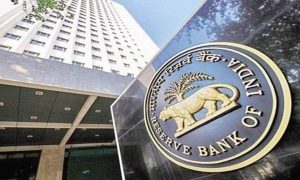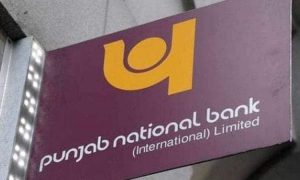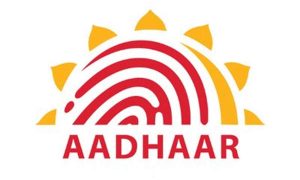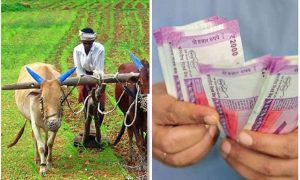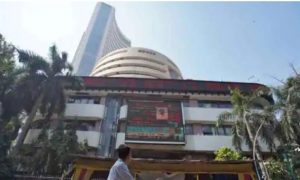Kisan Vikas Patra (KVP) is a government-backed savings scheme in India, offering a safe, fixed-rate investment option aimed at doubling your investment in around 124 months. It is a good option for conservative, long-term investors looking for reliable returns without market risk.
Originally targeted at farmers, KVP is now open to all Indian citizens and offers a stable, long-term investment option. Here’s an overview of Kisan Vikas Patra, covering who is eligible, the benefits, and other essential details to know before investing.
Read More: GST Network Issues Revisions In Delayed Filing Norms, Effective From Early 2025
What is Kisan Vikas Patra?
Kisan Vikas Patra is a fixed-rate savings scheme available at post offices and selected banks in India. The scheme aims to encourage small savings by providing a safe investment avenue with predictable returns. KVP doubles the invested amount in a set timeframe—currently around 124 months (or roughly 10 years and 4 months)—at a stable interest rate.
Key eligibility criteria for Kisan Vikas Patra
To invest in KVP, here are the main eligibility requirements:
Age: Any Indian citizen aged 18 or above can invest in KVP. Minors can also invest with a guardian.
Nationality: Only Indian residents are eligible to invest in KVP; non-resident Indians (NRIs) are not permitted.
Minimum investment: You can start with as little as INR 1,000, with no upper limit.
Documents required: A PAN card is required for investments exceeding INR 50,000, and an Aadhaar card is generally required for KYC compliance.
Major benefits of investing in Kisan Vikas Patra
Guaranteed returns: KVP offers a fixed return that doubles the investment over the maturity period, providing predictable growth.
Low-Risk investment: As a government-backed scheme, KVP is secure, making it ideal for risk-averse investors.
Flexible tenure: KVP certificates have a lock-in period of 30 months, after which they can be liquidated if necessary.
Nomination facility: KVP allows investors to nominate a family member who can claim the funds in the event of the investor’s death.
Loan against KVP: The certificate can be used as collateral to secure loans from banks, providing liquidity without withdrawing funds.
No market risk: Unlike stocks or mutual funds, KVP is unaffected by market volatility, ensuring stability over time.
Read More: New GST Filing Rule: Returns Will Be Time-Barred After Three-Year Deadline Starting 2025
Important details about Kisan Vikas Patra
Maturity period: Currently, KVP has a maturity period of around 124 months. At the end of this period, the amount invested doubles.
Premature withdrawal: Premature withdrawals are allowed only after the lock-in period of 30 months, except in cases like the investor’s death or a court order.
Interest rate: The KVP interest rate is periodically adjusted by the government and is currently around 7.5% per annum, compounded yearly.
Taxation: KVP returns are taxable under “Income from Other Sources,” and there are no tax benefits under Section 80C. However, TDS is not deducted at maturity, making withdrawals tax-efficient.
How to invest in Kisan Vikas Patra
Investing in KVP is straightforward. Visit a post office or a participating bank, fill out the KVP application form, and submit the required documents. Once processed, you will receive a certificate showing the invested amount, maturity date, and the maturity amount.
Who should consider Kisan Vikas Patra?
KVP is suitable for investors looking for a safe, long-term investment option with stable returns. It appeals especially to conservative investors, retirees, and those who prefer government-backed investments over market-linked alternatives.
Kisan Vikas Patra provides a secure way to build savings over the long term. Although it lacks tax incentives, the guaranteed returns, loan facility, and stability make it a compelling option for conservative investors. Before investing, assess your financial goals and consult a financial advisor to determine if KVP aligns with your investment needs.






